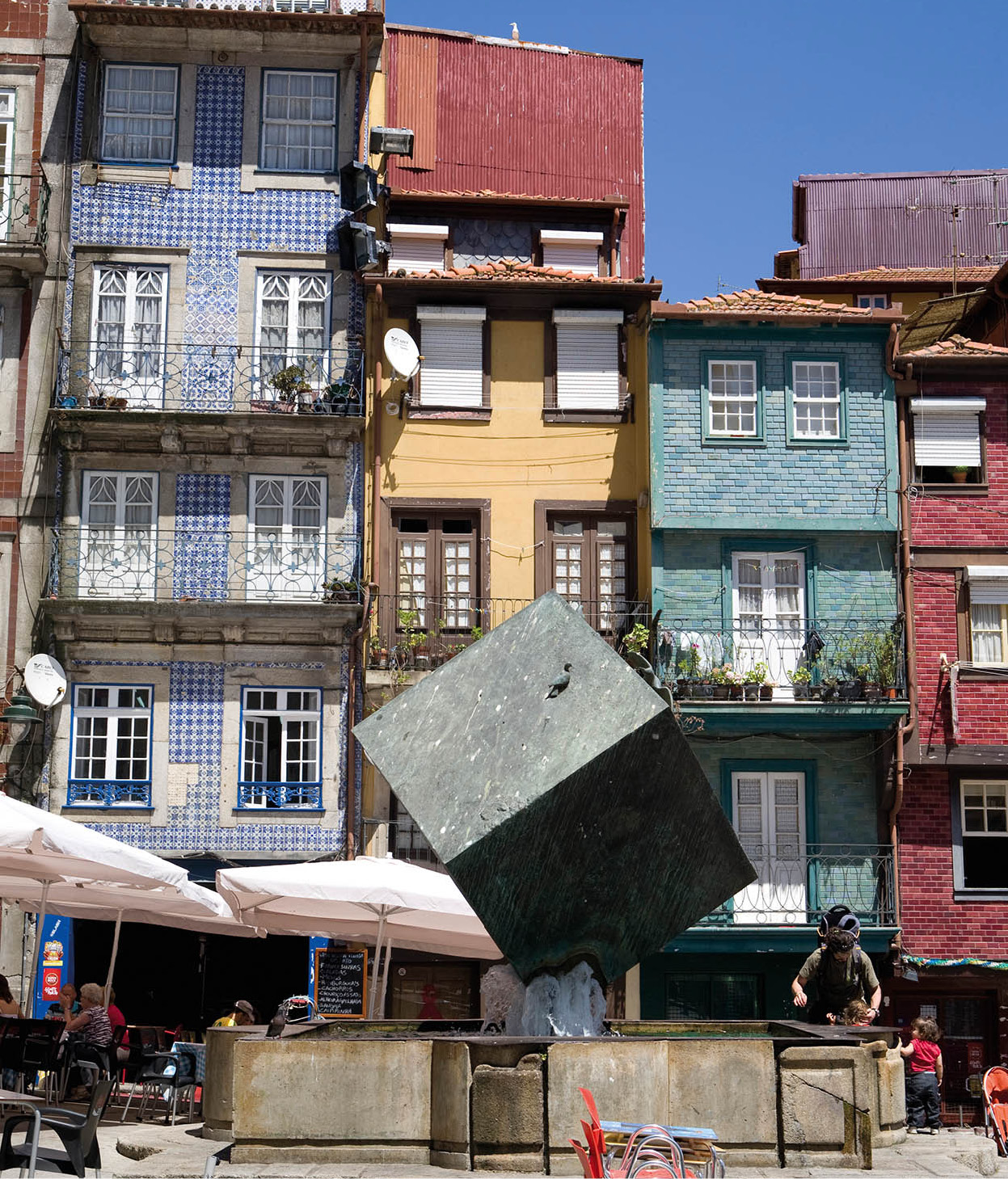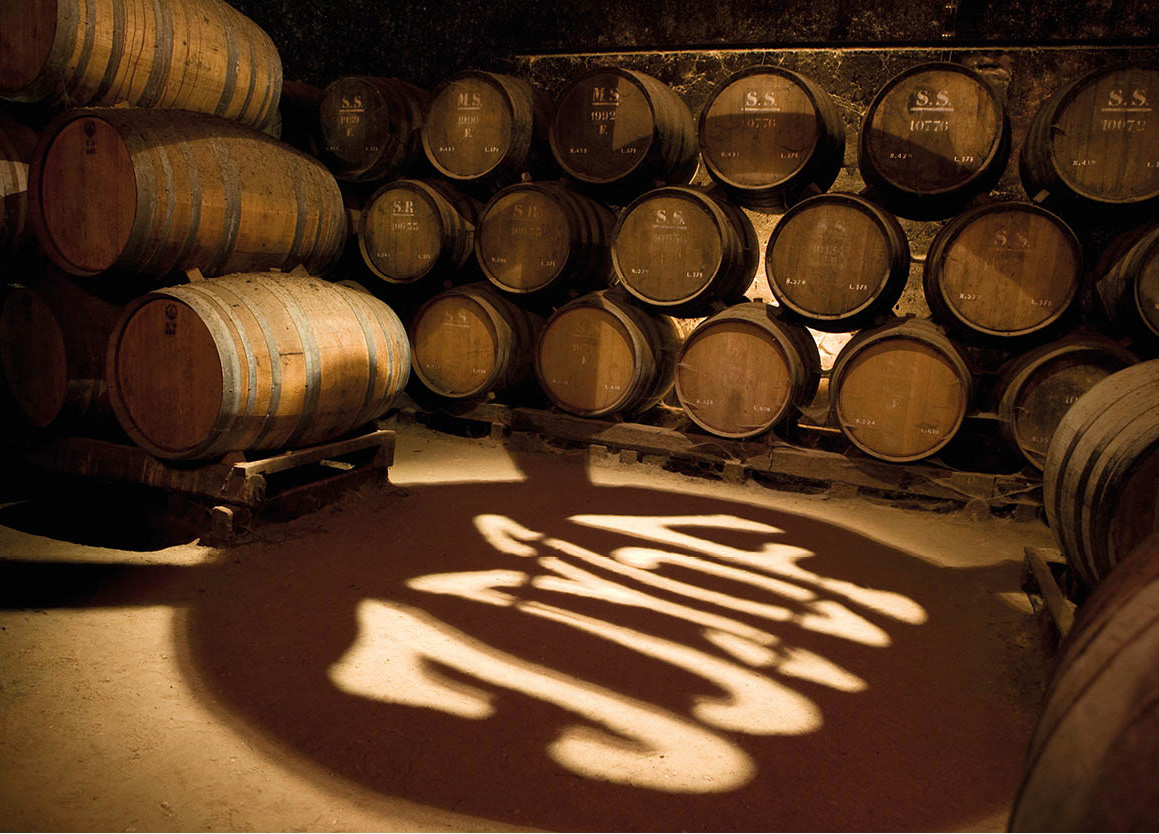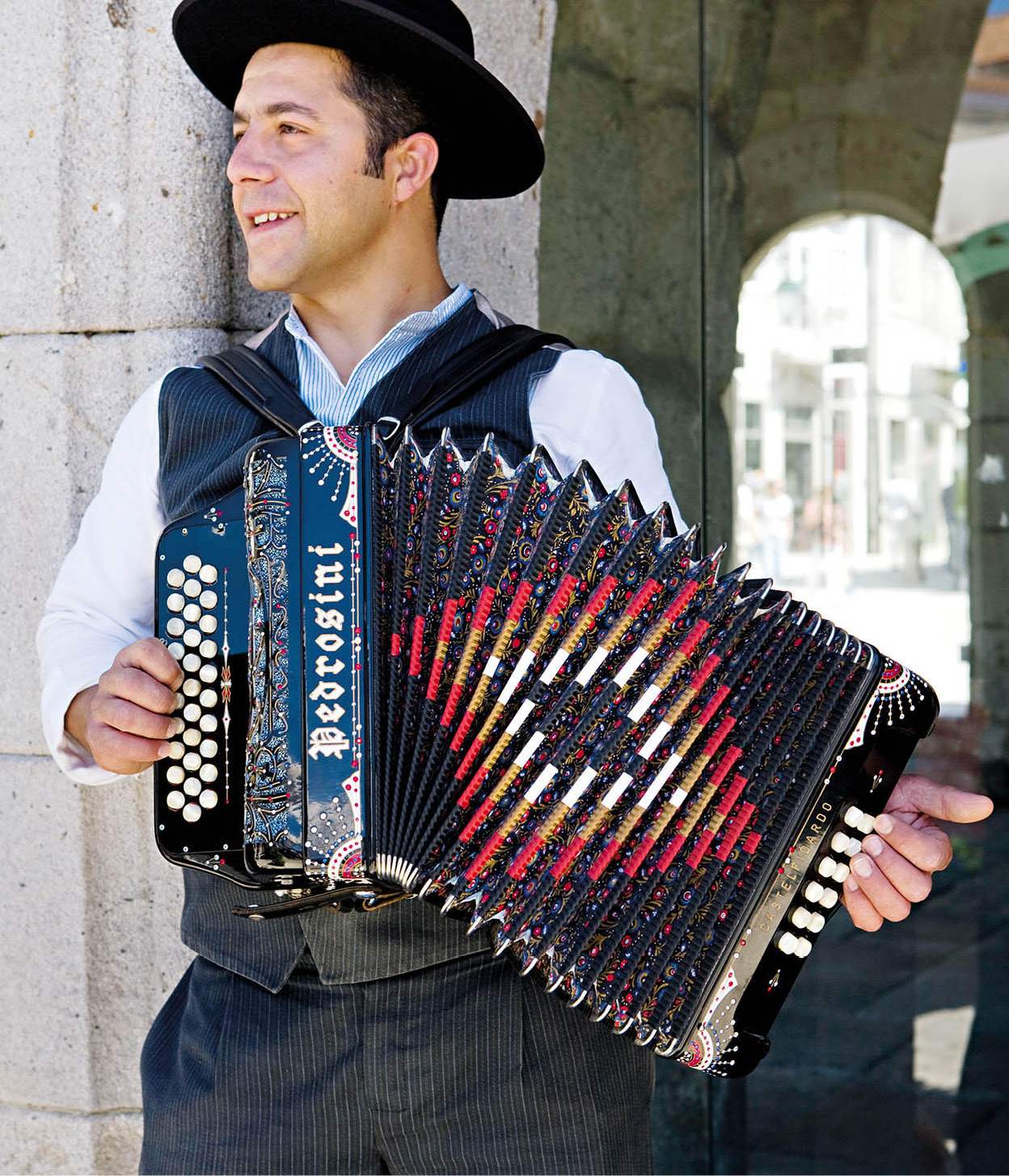Introduction: Where Land Ends and Sea Begins
Portugal’s diverse landscapes as well as its history and culture set it apart from the rest of Europe.

Cais da Ribeira in Porto is a Unesco World Heritage Site.
Lydia Evans/Apa Publications
Portugal is a land on the edge, “where land ends and sea begins’’, as the 16th-century epic poet Luís Vaz de Camões put it. At the western periphery of Europe, it is also caught between traditional ways of making a living – fishing and farming – and the technology that has made the world smaller, more integrated, more complex.
It is a small country, encompassing an area of 92,100 sq km (33,550 sq miles) – a bit bigger than Austria – but has a stunning diversity of lovely landscapes: long white beaches and pretty coves; ranges of rolling hills and mountains, the central Serra da Estrela (Mountains of the Stars) being the highest; numerous rivers; and, in the southern central area, Alentejo’s broad plain, which is patched with cork oaks and olive plantations.

Barrels from the José Maria da Fonseca Winery.
Lydia Evans/Apa Publications
Crowning Portugal’s natural beauty for much of the year are blue skies and a glowing light: an agreeable climate of hot summers and chilly but never freezing winters. It’s a temperate country, in mood as in weather. The characteristics of its people (numbering about 10.8 million) tend towards gentleness, courteousness, hospitality and tolerance – with a pronounced streak of fatalism.
Portugal offers everything a visitor could want, from the clubs and bars of Lisbon, often open till long after a new day dawns, to the most obscure village in Trás-os-Montes, with its simple ways of baking, spinning and farming.

Accordion player in traditional dress, Viana do Castelo.
Lydia Evans/Apa Publications